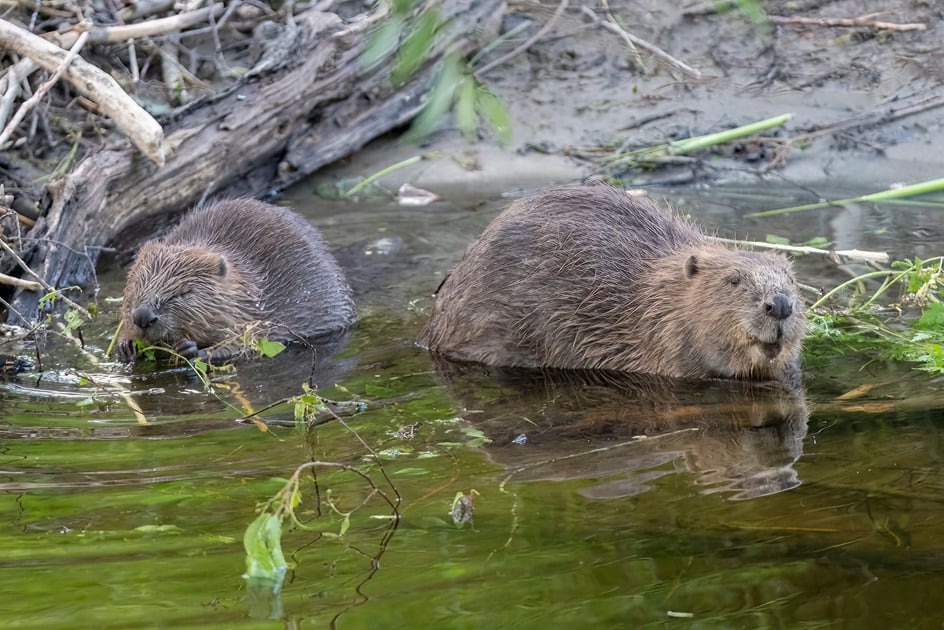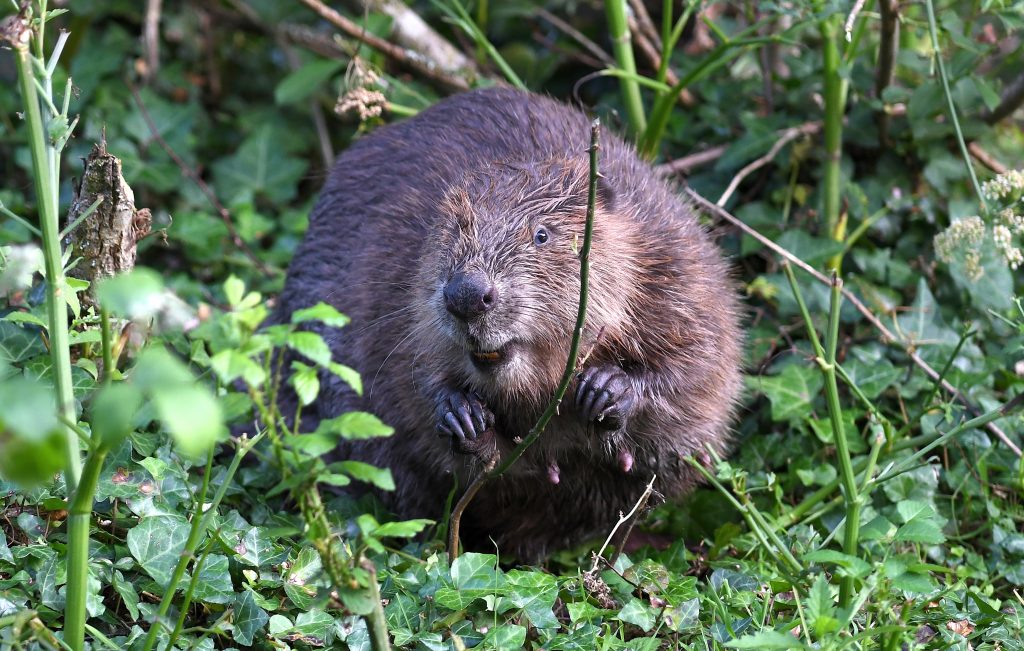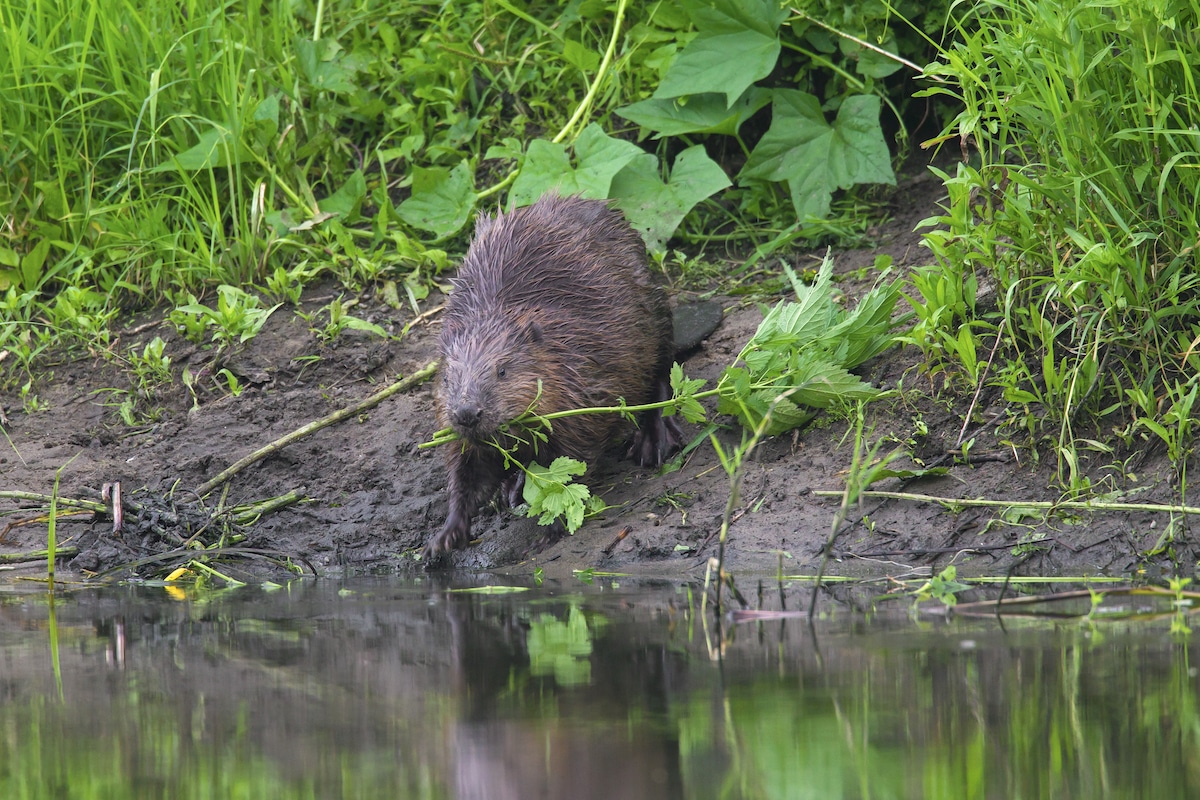
400 years on: Beavers set to repopulate Isle of Wight, reviving ecosystem
After a 400-year absence, beavers are set to return to the Isle of Wight in a major step in restoring the region’s ecosystem. These amazing animals play a key role in maintaining the balance of nature, creating wetlands that support biodiversity. The reintroduction of beavers will not only revive the ecosystem, but will also become a symbol of successful conservation efforts, reminding us of the importance of harmony between humans and wildlife.
Isle of Wight prepares to welcome beavers as environmentalists restore lost species
In the 16th century, these aquatic mammals were hunted to extinction in the UK for their meat and fur. However, modern environmentalists are keen to return beavers to their historic homeland and have found that the East Yar River on the Isle of Wight is an ideal habitat for them. The Hampshire and Isle of Wight Wildlife Trust has already begun consultations on the project. The Isle of Wight could become the next place in the UK, along with Dorset, London and Scotland, where beavers will be reintroduced into the wild.
Izzy Twine, who leads the beaver revival project, said bringing the animals back would help improve the Isle of Wight’s ecosystem, which is struggling due to pollution, development and climate change.

She stressed: “Beavers are rightly considered natural engineers, capable of transforming the environment by creating wetlands that have positive impacts on both wildlife and people.”
“Beavers help reduce flood risk in lower rivers, clean water by filtering pollution and provide habitat for a wide range of species, from otters and water voles to birds, amphibians, insects and spawning fish,” the trust said. It also said it would seek views from local Isle of Wight residents to understand their views on the project, which would help decide whether to apply for a licence, which would be required from Natural England.
How to Save Beavers: Key Steps to Protect the Animals and Their Habitat
To preserve beavers and prevent their extinction, comprehensive measures are needed to protect both the animals themselves and their habitat. One of the key tasks is to restore natural reservoirs and rivers where beavers can build their dams and create favorable living conditions. It is important to minimize water pollution and control human activities that lead to the destruction of ecosystems, such as deforestation, dam construction, and agricultural development.

Effective beaver reintroduction programs, aimed at returning beavers to regions where they were previously exterminated, also play a significant role. It is important to monitor such projects to ensure successful adaptation of beavers to their new environment and reduce the risk of conflicts with people. In addition, environmentalists are actively working to create conservation areas and protected areas where beavers can live without the threat of extermination.
Education and public awareness are also important. People need to understand how important beavers are to the ecosystem, how they help improve water quality, reduce flood risk and preserve biodiversity.Conservation of beavers also improves habitat for many other species, including fish, birds, amphibians and insects. Their activity in rivers and ponds has a positive effect on ecosystem restoration, contributing to the overall ecological balance. Protecting beavers is an investment in a sustainable future and the balance of nature.